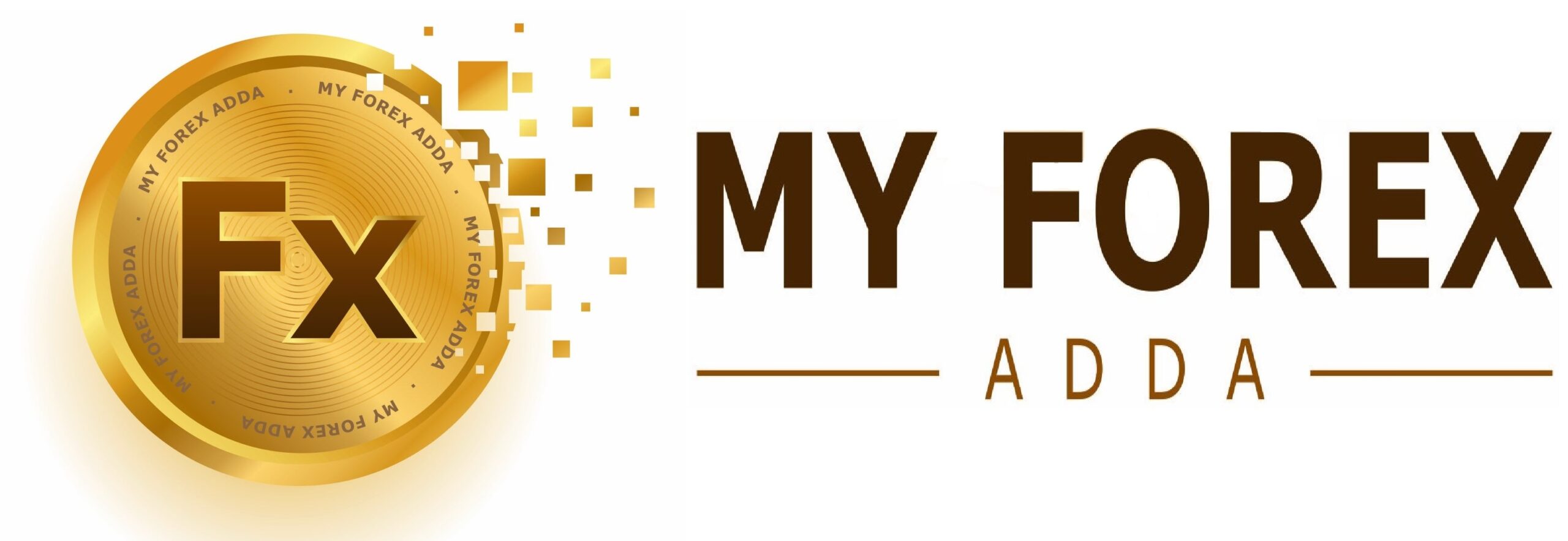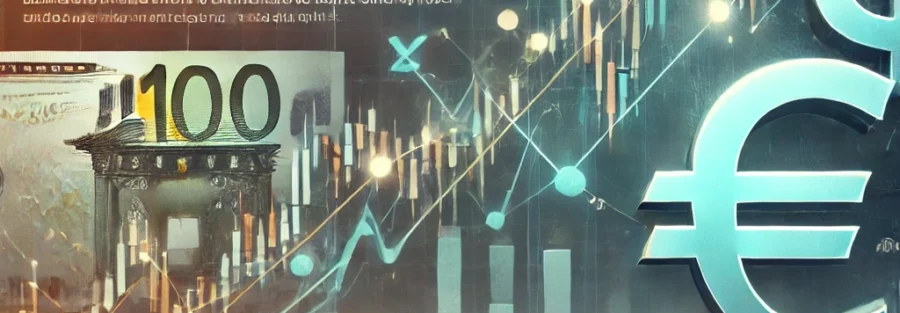A heavily crowded strong U.S. dollar trade is set to become even more congested in the coming months, with nearly one-third of currency strategists surveyed by Reuters now predicting the euro will fall to parity with the dollar or below—up from just one-fifth in the previous month.
The greenback has surged since late September, climbing more than 7% against a basket of major currencies and pushing the euro down to nearly $1.01 on Feb. 3—just shy of parity, a level last reached in November 2022.
Recent data from the U.S. Commodity Futures Trading Commission also revealed a surge in speculators increasing their “bullish” dollar positions, with net-long bets hitting a near-decade high last month.
That momentum is unlikely to fade soon, according to FX strategists surveyed by Reuters between Feb. 3-5. A strong majority—40 out of 47, or 85%—expect current positioning to remain stable or even see further increases in net-long bets by the end of February.
“The bullish outlook on the dollar is primarily driven by the escalating trade conflict, with our base-case forecast predicting the euro will test parity in Q1,” said Meera Chandan, head of FX at J.P. Morgan.
Chandan also noted that higher bond yields, strong U.S. economic growth, and a resilient equity market further support this projection.
The sustained strength of the U.S. economy, along with President Donald Trump’s potentially inflationary tariff and tax-cut policies, has dampened market expectations for additional Federal Reserve rate cuts, reinforcing the dollar’s gains.
U.S. Exceptionalism to Fade, but Timing Uncertain
“Beyond Q1, the U.S.’s economic outperformance will eventually lose momentum, leading to a weaker dollar in the long run. However, confidence in predicting exactly when this turning point will occur remains quite low,” said Meera Chandan, head of FX at J.P. Morgan.
Some analysts also pointed to the unpredictability of Donald Trump’s policy decisions, making forecasting more challenging than usual. As a result, year-ahead euro projections are now the most varied since May.
‘Political Kryptonite’
“The market has shown extreme sensitivity to daily headlines, with uncertainty around tariffs looming large. If a full-blown trade war and retaliatory measures unfold, the resulting inflation and growth impacts could be severe. Right now, inflation is political kryptonite,” said Alex Cohen, FX strategist at Bank of America.
The latest Reuters survey found that nearly one-third of FX strategists—20 out of 66—expect the euro to fall to parity or below in their three-, six-, or 12-month forecasts. This marks a notable shift towards dollar strength compared to the January survey.
The median forecast predicts the euro will remain steady at $1.03 over the next three to six months before strengthening by about 2% in the latter half of the year, reaching $1.05 by the end of January. However, the weakest euro projection of $0.97 is the lowest in two years.
After years of consistently (and often inaccurately) forecasting a weaker dollar, analysts have begun adjusting their outlook in recent months. Nearly half of those surveyed now expect the euro—already pressured by anticipated European Central Bank rate cuts—to trade weaker over the next six months compared to their forecasts in January.
Federal Reserve policymakers have emphasized the need for more gradual rate cuts, which has led interest rate futures to currently price in just one more cut this year, with uncertainty about a second—significantly less than the nearly double the amount markets anticipated last quarter.
“We’re in a situation where the dollar is priced for all positive factors, and unless those change, it won’t pull back significantly. It’s going to be a volatile period, but without much overall movement,” said Dan Tobon, head of G10 FX at Citi.
“Markets aren’t likely to significantly retreat on the dollar now, as tariff risks will persist for the next few months, and the U.S. economic outperformance should keep the Fed more hawkishly positioned compared to other major central banks.”




